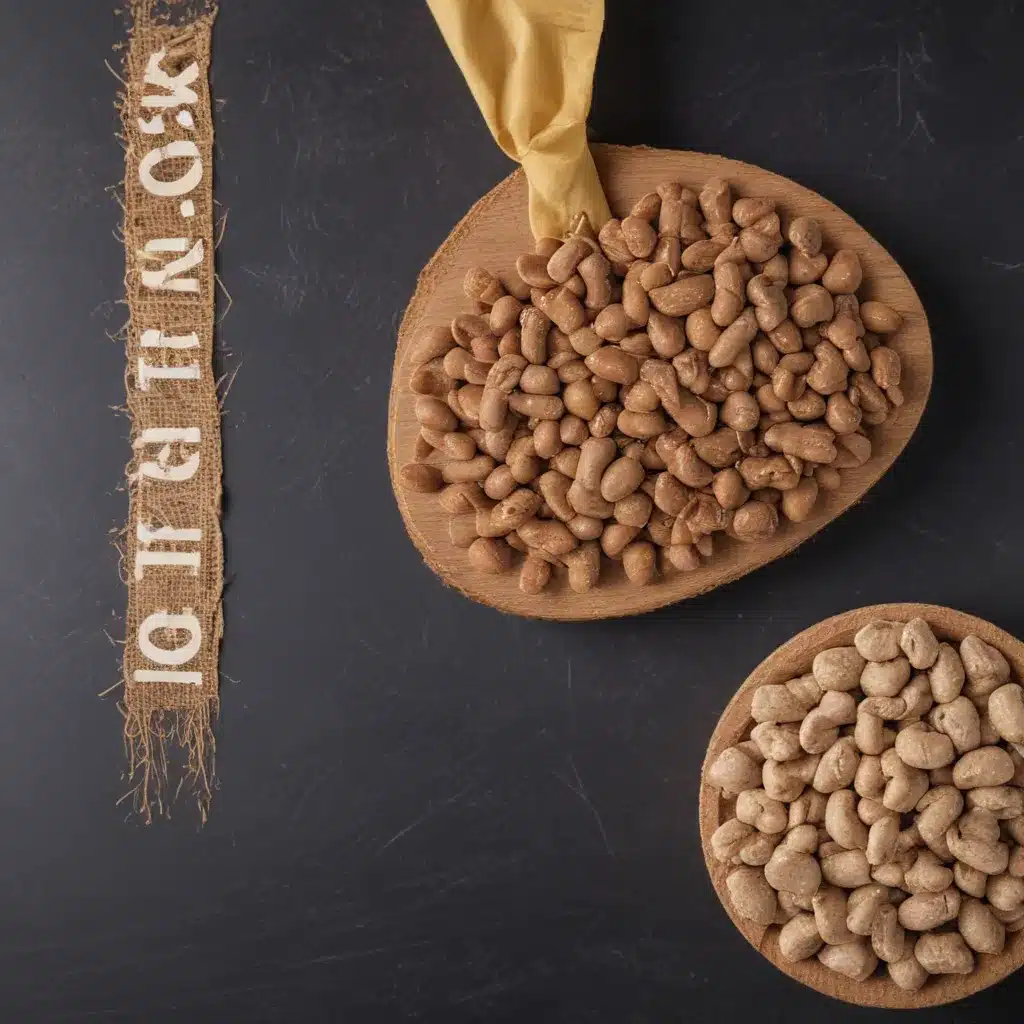
The Shocking Link Between Grain-Free Diets and Heart Disease in Dogs
You know, when I first heard the news about grain-free dog foods causing heart problems, I was in complete disbelief. I mean, these diets have been marketed as the healthiest, most natural option for our canine companions. How could they be putting our furry friends at risk?
Well, folks, as it turns out, the “truth” about grain-free dog foods is a lot more complicated than we’ve been led to believe. Let me take you on a journey to uncover the real story behind this controversial pet food trend.
The Rise of Grain-Free Diets
It all started a few decades ago when we, as pet owners, started jumping on the human diet bandwagon. First, it was the low-fat craze of the 80s, then the grain-free and gluten-free fads of the 90s and 2000s. And you know what happened? The pet food industry quickly adapted to cater to our ever-changing nutritional preferences.
Suddenly, grain-free dog foods were popping up everywhere, promising to be the healthier, more natural alternative to those old-fashioned kibbles loaded with corn, wheat, and other grains. And we lapped it up, convinced that we were doing the best for our canine companions.
The Shocking Discovery
But then, in 2018, the U.S. Food and Drug Administration (FDA) dropped a bombshell. They had been investigating a worrying increase in cases of a life-threatening heart condition called dilated cardiomyopathy (DCM) in dogs. And the results were startling – the majority of the affected pups had been eating grain-free diets.
According to the FDA, over 500 dogs developed DCM between July 2018 and 2019, and 91% of them were on grain-free diets. Even more concerning, 93% of those grain-free foods contained peas, lentils, or other legumes as the main ingredients.
As I read through the details, I couldn’t help but feel a growing sense of unease. Could the very diets we thought were providing the best nutrition for our canine companions be putting their health at risk?
The Link to Taurine Deficiency
The more I dug into the research, the more the pieces started to fall into place. It turns out that the culprit behind this alarming trend may be a lack of a crucial amino acid called taurine.
You see, taurine is essential for the proper function and development of a dog’s heart and other muscles. And while dogs can synthesize some taurine from other amino acids, it seems that certain breeds, especially larger ones, just can’t keep up when their diets are low in animal-based proteins.
The FDA found that many of the grain-free diets they investigated were using plant-based proteins, like peas and lentils, to replace the more expensive animal-derived proteins. And this switch may have led to a taurine deficiency in some dogs, ultimately contributing to the rise in DCM cases.
The Importance of Animal Proteins
Now, I know what you’re thinking – if grain-free diets are the problem, then surely regular kibbles with grains are the answer, right? Well, not so fast. As it turns out, the issues with grain-free diets go beyond just the lack of grains.
The real key to a healthy, balanced diet for dogs is the quality and source of the protein. According to the experts, the best diets for dogs are those that prioritize animal-based proteins, such as chicken, beef, or fish, over plant-based alternatives.
You see, animal proteins are generally richer in the essential amino acids, including taurine, that dogs need to thrive. And while grains and starches aren’t inherently bad, they shouldn’t be the main source of protein in a dog’s diet.
How to Spot a Quality Dog Food
So, if you’re like me and you’re feeling a bit shaken by all this grain-free drama, how can you make sure you’re feeding your pup a safe and nutritious diet? Here are a few tips:
-
Prioritize Animal Proteins: Look for dog foods that list meat, poultry, or fish as the primary ingredients, not plant-based proteins like peas, lentils, or potatoes.
-
Beware of Added Amino Acids: If you see a long list of added synthetic amino acids on the ingredient panel, it’s a sign that the food is likely lacking in high-quality animal proteins.
-
Opt for Whole, Minimally Processed Ingredients: Avoid highly processed kibbles and choose diets that use whole, recognizable ingredients whenever possible.
-
Consider a Fresh, Raw, or Home-Cooked Diet: These types of diets tend to be higher in animal-based proteins and lower in carbohydrates, which can help ensure your dog is getting all the essential nutrients they need.
And if you’re ever unsure, don’t hesitate to consult with your veterinarian or a certified pet nutritionist. They can help you navigate the confusing world of dog food and find the perfect diet for your furry friend.
A Final Word
Look, I know all of this information can be a lot to process, especially when we’ve been led to believe that grain-free diets are the holy grail of canine nutrition. But the truth is, our dogs’ health and wellbeing should always come first.
So, if you’re currently feeding your pup a grain-free diet, I encourage you to take a closer look at the ingredients and consider making a switch to a high-quality, animal-protein-based food. It could be the difference between a long, healthy life for your beloved furry companion, and a heartbreaking outcome.
Remember, at the end of the day, we’re all in this together to ensure our dogs live their best lives. And with a little research and care, I know we can find the perfect diet to keep our four-legged friends happy and healthy for years to come.

